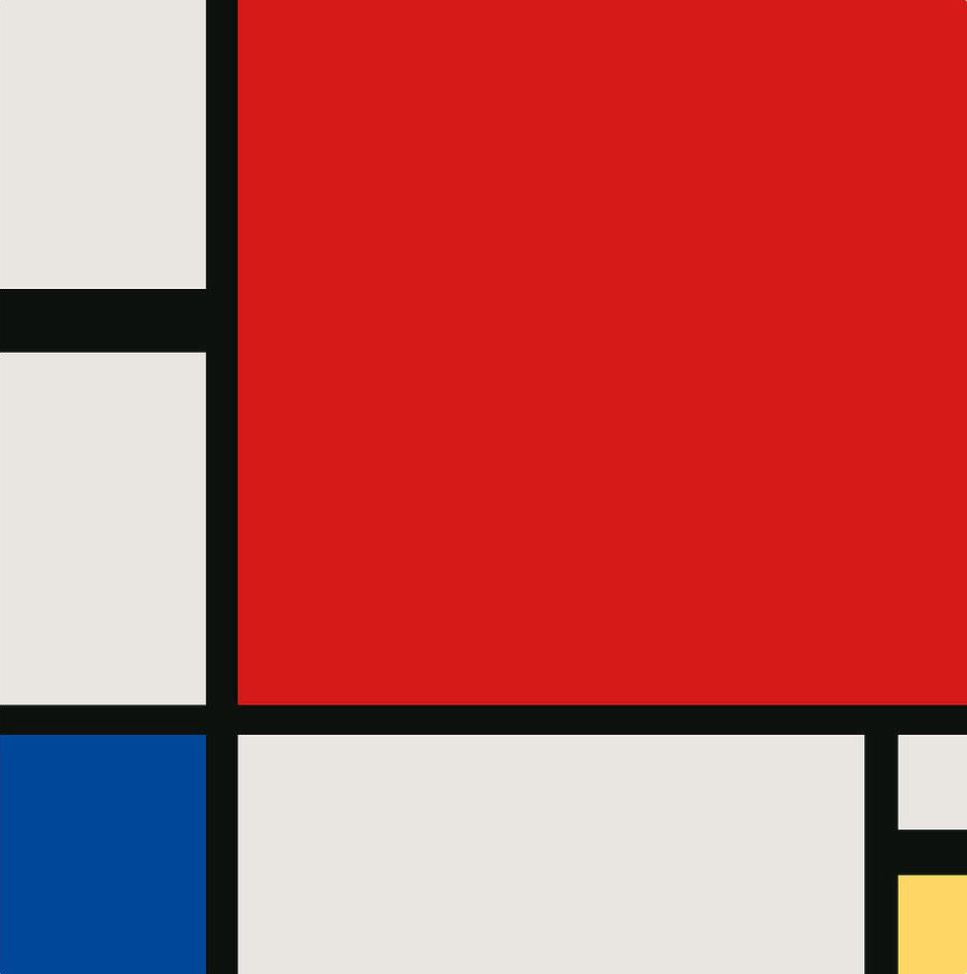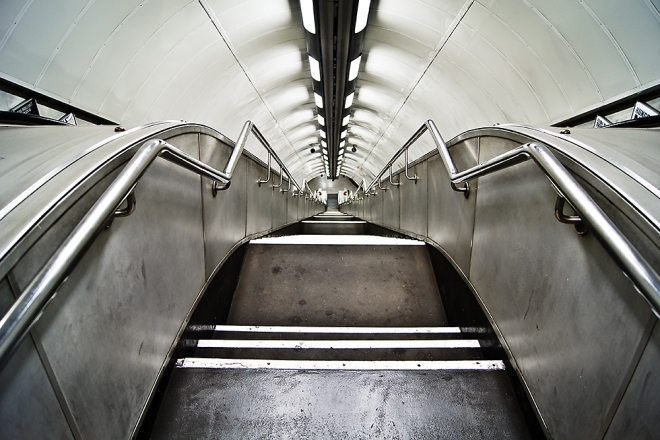
They say this image will go down in history. It probably will. But not just because of the moment, the people involved and the potential ramifications. Even all of that wouldn’t be enough if it wasn’t a great photograph. There’s a renaissance-like quality to it that suits the significance, and it works as a piece of art. Why? It’s all about the geometry and, of course, the lines.
Leading lines
Maybe the most striking geometrical aspect of the image is the leading lines formed by the items on the oval table, particularly the white name plaques, but also the glasses, the papers, the edges of the table itself and the people sitting round it. These lines draw the eye in from the ‘front’ of the image to where the action is, and gives a great sense of depth.
More subtle, perhaps, is the shape of the light cast by the chandelier at the very top of the image. The light falls on the wall at the back in a triangle, coming down towards Pelosi and Trump, helping to direct the eyes to them and also stopping the eyes from continuing up once they’ve followed those leading lines from the bottom.
Eyelines
Eyelines always create strong compositional elements, and here the dominant line is that created by Pelosi and Trump looking at each other. This line cuts across as the viewer’s eyes reach the ends of the leading lines from the bottom, and forms the base of the triangle formed by the light coming from the top.
In fact, the elements create two strong triangles in the image as a whole, drawn here in red and green, and this gives the photograph a solid grounding so that it feels real, almost as if you’re there, as well as energy from the diagonal lines.
Going back to that eyeline, it’s backed up by the direction in which everyone else is looking – the people on each side are looking into the frame, leading you back to those leading lines, and/or at the main characters, leading you to look at them.
The rule of thirds
Finally, we come to the rule of thirds – no image analysis is complete without it. Dividing up this frame, it becomes clear that Pelosi and Trump are sitting close to the upper intersections of the thirds and looking at each across that top third. I think the fact that Pelosi is slightly above and Trump is slightly below creates a nice balance (as well as being potentially symbolic). What’s more, this geometry is reinfored because the edges of that triangle coming down from the light point to those upper intersections, and the leading lines of those name plaques on the table intersect the divisions of the lower thirds.
The only thing that goes against the composition is the guy in the bottom left corner, who’s looking away from the action and is very close to the camera so is slightly distracting. The fact that he’s out of focus and has no light on him, however, means that he doesn’t dominate over the strong lines and geometry elsewhere.
All together, the geometry creates a great balance in the image, giving it the feel of artistic harmony. The story behind the image is anything but harmonious, but that makes the image all the more striking.
























































